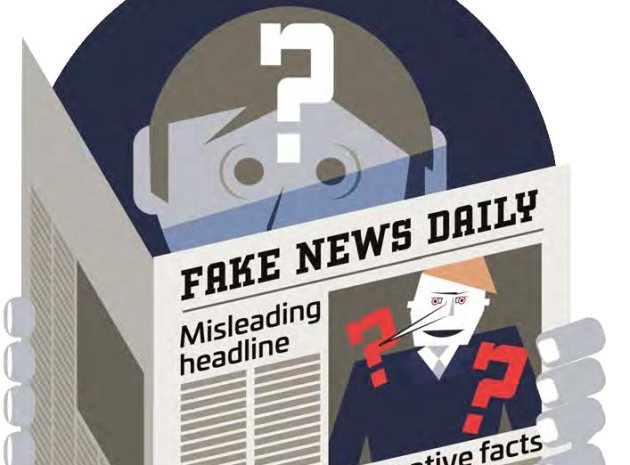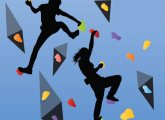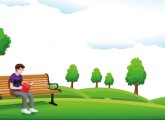Whilst so-called ‘fake news’ is not a novel phenomenon, the rise of digital media has seen it take on a new, more menacing form, as people are able to access, share and spread it in an instant.
Falling for such misinformation can have devastating consequences on society, threatening our democracy, confidence in governance and trust in journalism. Until recently, we knew very little about its impact on children and young people, but the NLT’s recent parliamentary commission into fake news and critical literacy found that they are truly bearing the brunt.
A culture of fear
We discovered that fake news, and young people’s inability to identify it, is driving a culture of fear and uncertainty amongst children and young people which, in turn, is harming their mental wellbeing, increasing anxiety levels, damaging selfesteem and skewing their world view.
The online proliferation of fake news is also making children trust the news less. Almost half of secondary pupils get their news from websites and social media, yet only a quarter actually have confidence in online sources of news. With one in five children and young people believing everything they read online is true, we need to wake up to the reality that, in a digital world, children can no longer take everything they read at face value – no matter how reliable they think the source is.
In this digital age, children who can’t question and determine the reliability of the information they find online will be hamstrung – at school, at work and in life. That is why we were so alarmed to discover that only 2% of young people in the UK have the critical literacy skills they need to tell the difference between real and fake news. That equates to just four students in an average secondary school.
New learning
Teachers have a particularly important role to play in helping children learn how to spot fake news, even though only 6% of students ever talk to them about the issue. Schools are ideally placed to bridge the gap between the critical literacy skills young people need to survive in our digital world, and the critical literacy skills they have; the way we teach these skills needs to change for the digital age.
Critical literacy is not something to be added to the English curriculum, but should instead be a lens for learning that is an integral part of all classroom practice. School cultures must actively encourage independent thinking, and move away from being overly reliant on ensuring compliance through control, which results in children feeling inhibited and unable to express themselves confidently.
Students need to be able to take what they learn in the classroom and apply it to real life situations. With fake news being such a big threat to children’s lives, as well as such a topical issue, bringing it into the classroom will give teachers a great opportunity to further develop learners’ critical literacy skills whilst also giving young people an opportunity to discuss any news stories that are worrying them in a safe environment.
Children and young people learn through socialisation, and communication plays a mediating role in this learning process. Critical literacy skills can be effectively taught through self-learning and socially reflective activities, such as discussion, debate and dialogue in the classroom.
Free resources
We know, of course, that none of this can be achieved without teacher training, sufficient time and the provision of additional resources. This is a long term ambition for the Parliamentary Commission on Fake News and the Teaching of Critical Literacy in Schools.
In the meantime, the National Literacy Trust has published a series of free fake news teaching resources, subject-specific lesson plans and posters for students, which you can find at literacytrust.org.uk/resources/fake-news-andcritical- literacy-resources.
About the author
Jonathan Douglas is director of the National Literacy Trust.









